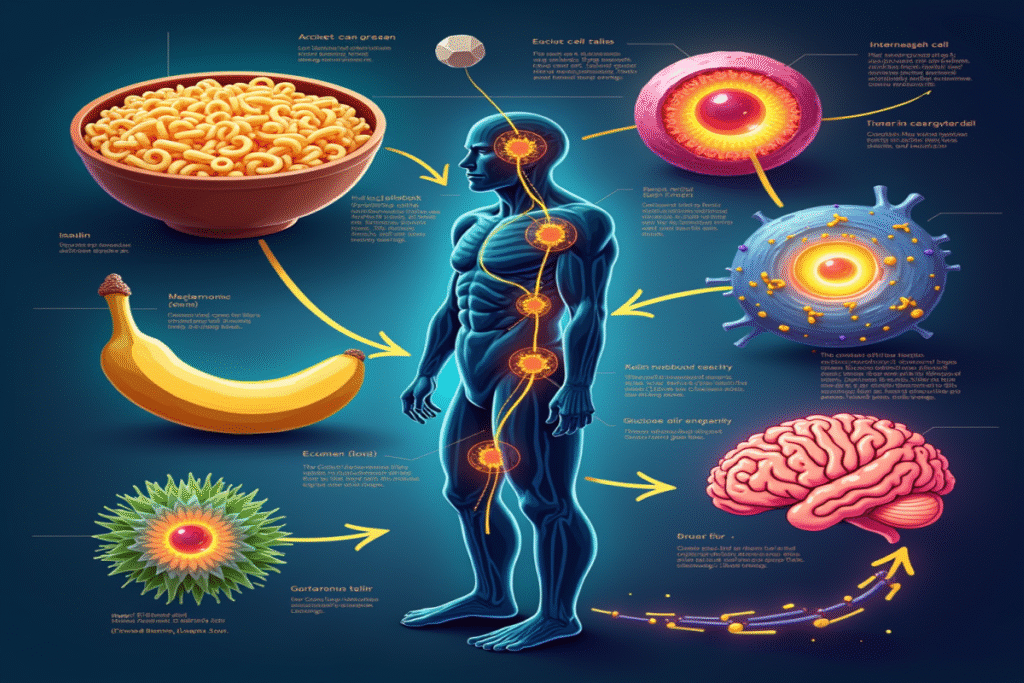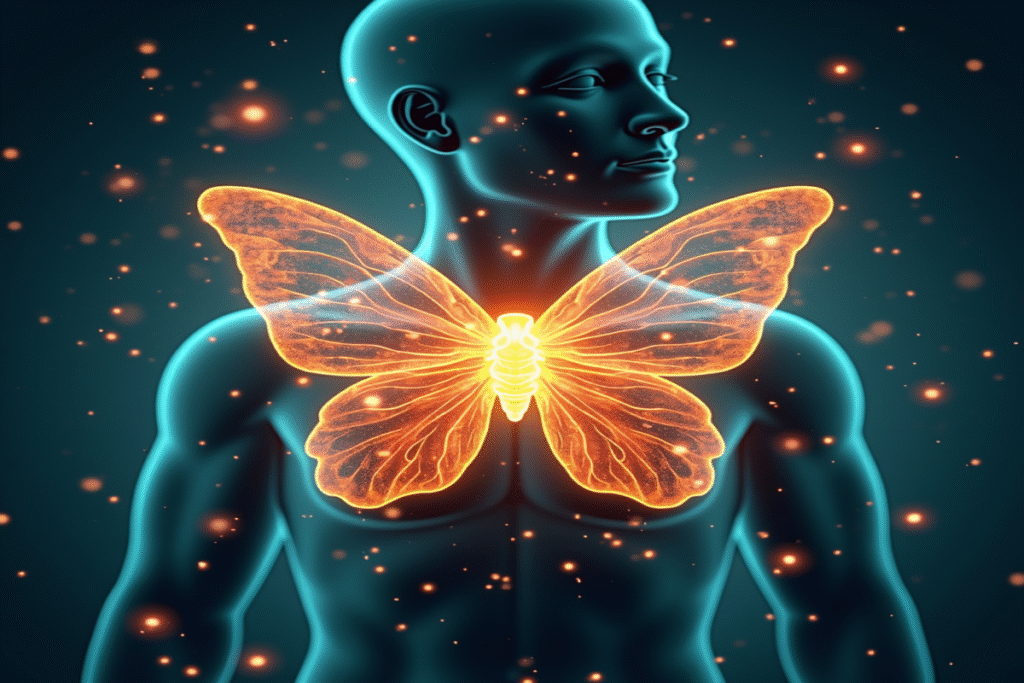In the deep, dark ocean where sunlight cannot reach, a natural wonder lights up the abyss. Below 200 meters, nearly 90% of marine animals can produce their own light, turning the deep sea into a stunning display of glowing life.
The Dark World Below
The deep sea is one of Earth’s most extreme and least explored places. Without sunlight, its creatures have developed amazing ways to survive. One of the most fascinating of these is bioluminescence, where living organisms create light through chemical reactions.
Unlike man-made lights that produce heat, bioluminescence is very efficient. It creates “cold light” with almost no heat loss, which is ideal for the cold, high-pressure deep ocean.
The Chemistry of Living Light
Bioluminescence is driven by a chemical reaction between two substances: luciferin, which emits light, and luciferase, the enzyme that speeds up the reaction. When luciferin meets oxygen, the reaction releases light without producing much heat.
Different species have adapted this reaction to produce various colors, from deep blue and green to rare red and yellow. Blue light travels farther in water, which is why most deep-sea glows are blue-green.
Survival Strategies: Why Deep Sea Creatures Glow
Attracting Prey
The anglerfish is a well-known example of bioluminescent hunting. Female anglerfish have a modified spine that hangs above their mouths like a fishing rod with a glowing tip. This light, produced by symbiotic bacteria, lures prey toward their strong jaws.
Finding Mates
Finding a mate in the vast deep sea can be difficult. Many species use specific light patterns to signal each other. Some tiny crustaceans called ostracods release glowing chemicals in unique patterns that act like underwater love signals.
Defensive Mechanisms
To defend themselves, many deep-sea creatures use bioluminescence. The vampire squid releases glowing mucus clouds to confuse predators as it escapes. Others use counter-illumination by lighting up their undersides to match the faint light from above, making them nearly invisible.
Some species flash bright light when attacked, blinding their enemies or drawing larger predators that may scare off the attacker. This is known as the “burglar alarm” effect.
Spectacular Species: Masters of Light
The deep ocean is home to many glowing creatures. Lanternfish, for example, make up about 65% of deep-sea fish and have unique patterns of light organs on their bodies.
Comb jellies create rainbow effects as light shines through their transparent, comb-like structures, pulsing in waves.
Dragonfish can produce and see red light, which most deep-sea creatures cannot detect. This ability helps them light up and capture prey without being noticed.
Cookiecutter sharks use light for counter-illumination. They have a dark band around their neck, making them look like a smaller fish, which lures larger predators within striking range.
Beyond the Deep: Scientific Significance
Bioluminescence has led to many scientific breakthroughs. The discovery of green fluorescent protein (GFP) in jellyfish has revolutionized biomedical research by tracking cell processes. Today, luciferase is used in diagnostic tests and drug development, and engineers study bioluminescence to develop sustainable lighting.
New bioluminescent species are discovered with each deep-sea expedition. These findings offer insights into evolution, help us understand deep-sea life, and may lead to future biotechnological advances.
The Enduring Mystery
Despite many advances, much about deep-sea bioluminescence remains a mystery. We have explored less than 5% of Earth’s oceans, so many glowing species still wait to be discovered.
This natural light is one of nature’s most enchanting adaptations, showing that life finds extraordinary ways to survive even in the harshest conditions. Under the crushing pressure of the deep sea, evolution has created a glowing world more beautiful than any man-made display.
As we explore these dark depths, the glowing creatures will keep teaching us about life’s ability to adapt and the creativity of evolution.





